by Jennifer Odom
A yellow-orange sun crept lower and lower behind the pines’ darkening silhouettes, winding down another day on the farm. Gail ran the back of her gloved hand across her frozen nose and opened the metal latch of the feed room at the end of the horse stalls. Last night’s temperatures were some of the lowest of the year, and tonight’s promised to be worse. The mercury’d already dropped. Her fingers and toes were ice. She rushed, wanting to wrap things up and get inside to the warmth of a heater and the dogs who were likely pacing for their supper.
In front of the barn she unfolded Amelia’s canvas “playpen,” and set her down to nibble the grass, and get a little exercise. She leaned Amelia’s toy monkey against the side to keep her company.
The monkey was just a part of Amelia’s daily routine. Wherever she went around the farm, Gail dragged the monkey along with Amelia’s other things, her food, water, and playpen, and thought little more about it. Until Amelia grew up and became independent, less vulnerable to predators, that’s simply how it would be. Amelia would have her things and her playpen.
As far as the gosling was concerned, Gayle would find out, it was more than a routine.
“Amelia, you stay put, and I’ll be right over here doing my chores.” The gosling always peeped louder if Gail moved too far away, but a few feet was no problem. Ducks and geese will bond with humans like that.
Gail poured in the horse feed, raked up, and topped off the waterers. By the time she’d wrapped everything up, the dim light of the stalls had turned into darkness. “That’s it, Amelia,” she said, then scooped up the fuzzy baby goose and cuddled it against her chest as she put away a few more things in the feed room before closing it tight. “Let’s get out of here and get up to the house.” Then they headed the hundred miserable paces through the biting cold to the porch.
Inside, the dogs nearly knocked Gail down with affection and their desire for food. “Settle down, guys. I’ll get to you in a minute.” She lowered Amelia in her wire kennel and fed the dogs.
A nice hot shower is all Gail wanted, and a big hot bowl of last night’s leftover potato soup. She needed to warm her bones.
From behind her in the kennel, Amelia let loose a discontented noise. Peep. Peep. Peep.
“You settle down, baby. I’m getting your supper, too.”
Gail fed the gosling and closed the cage again. Peep. Peep. Peep.
By now the dogs had just about finished theirs. Gail would eat after her shower. She headed to the bathroom and turned on the water, then waited for it to warm up as she tossed aside her grungy farm clothes.
Peep! Peep! Peep!
Hmmm, Maybe Amelia wanted more attention. After all, Gail had cuddled her on the way back to the house.
Gail stuck her hand in the shower to check the temperature, then climbed in. Well, Amelia’d just have to wait until Gail took care of herself right now.
Hot water drained over Gail’s shoulders and back. Ahhh. Just what she needed.
Peep! Peep! Peep! Amelia’s cries grew stronger.
“Hey, settle down in there.” Man, that little goose was getting spoiled. The hot water ran over Gail’s face. Amelia would have to wait this one out.
Peep! Peep! Peep!
“Ah come on, Amelia. It’s not that bad.”
The yorkie trotted into the bathroom, whining. Gail pulled back the curtain and peeked out. “What? That goose gettin’ to you?”
The shower curtain punched in on the other side and the mastiff’s nose appeared, his brow wrinkled as if to say, “Can’t you do something?”
“Hey, get outta here.” Gail pushed him out of the shower and peeked through the other side of the curtain, out to the hall.
She turned off the water and wrung out her hair. After a quick towel run across her wet skin and a few quick passes across her dripping hair, she threw on her pajamas, slippers, and housecoat.
Then it hit her. Gail grabbed her damp forehead. No wonder Amelia was fussing. Her monkey was gone. “Oh. My. Gosh. Of all the nights.”
She’d left that crazy toy monkey back in the dad-gum feed room. She’d set him down with the tools. “All right, all right! I’m goin’. Right now. I promise.”
Peep! Peep! Peep!
“Get outta the bathroom,” she yelled at the dogs.
Peep! Peep! Peep!
Gail wrapped her housecoat tight around her. It was cold outside. Out in the hall the baby goose wandered left and right in her kennel. Peep! Peep! Peep!
“Good golly, goose. You’re gonna be the death of me yet.” Gail grabbed the back door knob, took a deep breath, and threw it open. Now or never. The door slapped behind her as she sprinted through the frozen darkness and charged past the stalls to the feed room. No need for a flashlight. She knew the way.
Shivering under her cold wet scalp, Gail opened the latch and squinted into the darkness. There, up on the shelf sat the grinning monkey, right where she’d left him next to the tools. She’d meant to carry him out when she closed up, of course.
This would be the last time she ever forgot that silly thing.
Like a relay race from elementary school days, she stepped across the feed room, grabbed the monkey’s skinny body, secured the gate, and raced for the house. Just not quick enough to keep herself from freezing to death.
Peep! Peep! Peep! Amelia’s cries reached her long before she reached the door.
She flung it open and slipped inside with teeth chattering, feet dancing, and dogs crowding her. “Oh, my gosh, it’s cold out there.”
Gail plowed between the dogs and stepped toward Amelia’s kennel. Amelia spotted the monkey and craned her neck, her black eyes shining. Her voice immediately settled into a complaining talk, more of an anh, anh, anh, instead of the loud peep.
Gail lowered the monkey inside and propped it against the towel in the corner. “Here you go, little one.”
Anh, anh, anh Amelia grumbled and moved close to the monkey. 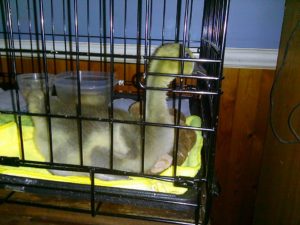
Finally she quieted all the way, crawled up on the monkey’s lap, and snuggled down to sleep.
Still shivering, Gail reached for the dogs. “Of all the nights to forget that monkey. Remind me not to do that again.”
A righteous man regardeth the life of his beast Prov. 12:10a



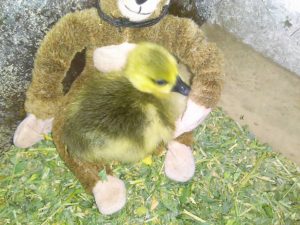
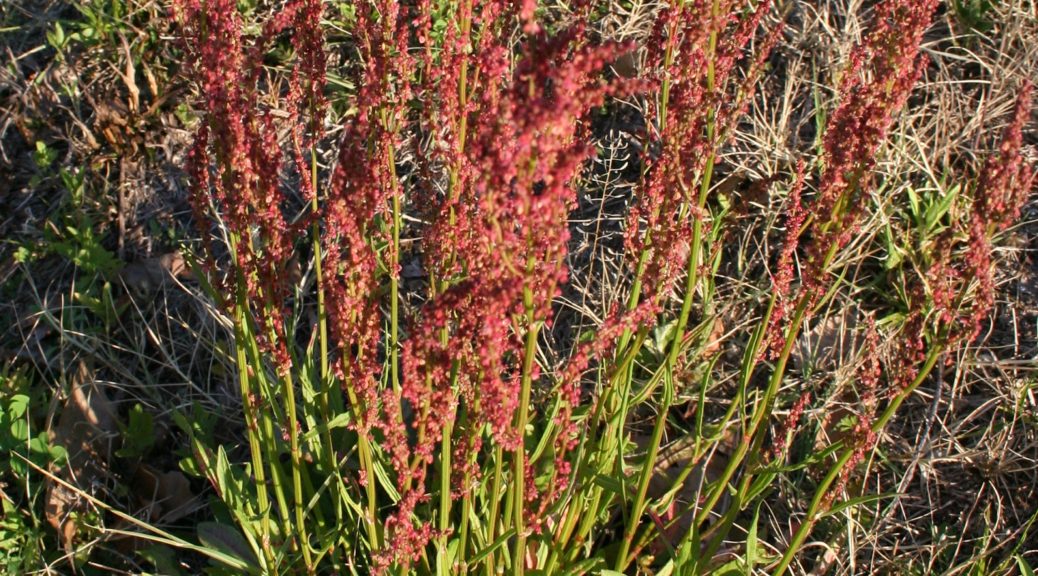
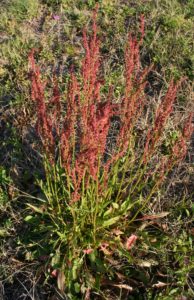
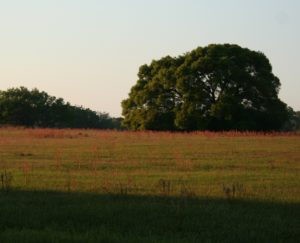 Found in acidic sandy soil, the same kind blueberries like, it’s a real pest to blueberry growers. Maybe the blueberry growers should join up with the herb-collectors for free weeding help.
Found in acidic sandy soil, the same kind blueberries like, it’s a real pest to blueberry growers. Maybe the blueberry growers should join up with the herb-collectors for free weeding help.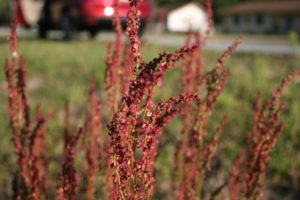 and will always remind me of my dear old dad and my plant to get rich off of sour grass juice.
and will always remind me of my dear old dad and my plant to get rich off of sour grass juice.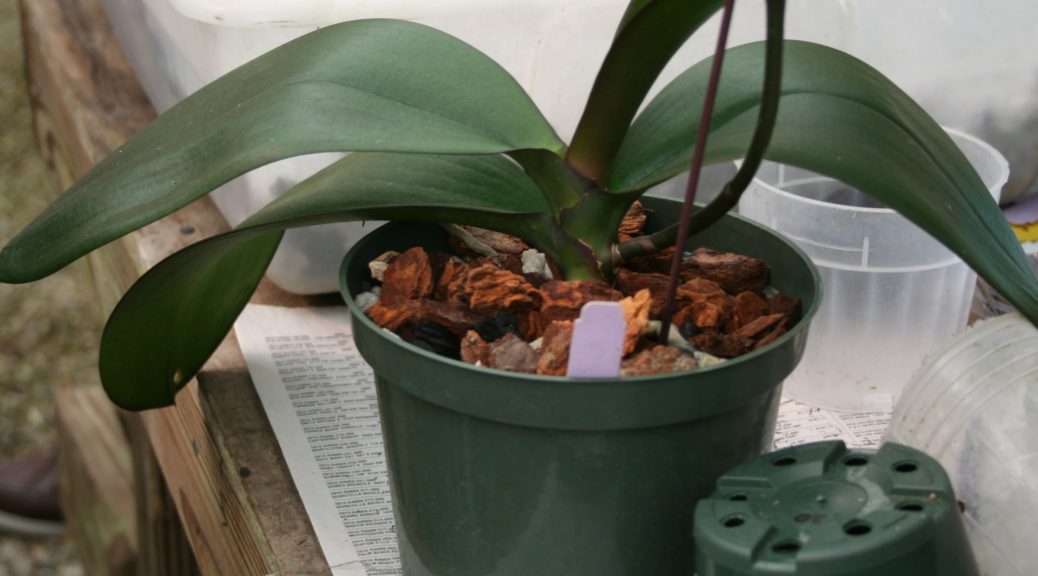
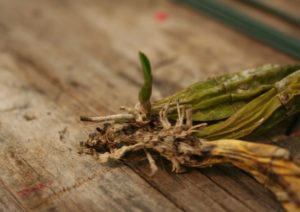


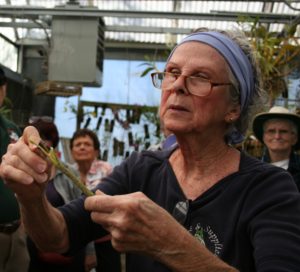
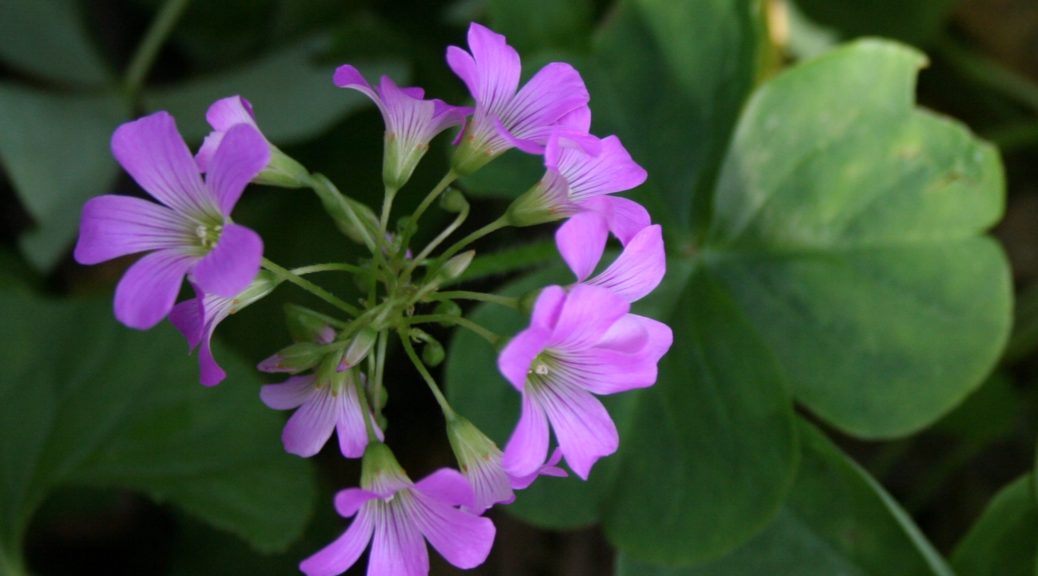
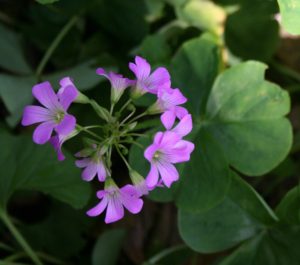
 grows from a small bulb. From this bulb additional tiny bulbils emerge and easily break off when the plant is pulled up. And these, even when deeply buried, can form a new plant.”
grows from a small bulb. From this bulb additional tiny bulbils emerge and easily break off when the plant is pulled up. And these, even when deeply buried, can form a new plant.”